Things to Do
Top Four Jazz Clubs in Havana
La Zorra Y El Cuervo jazz club, Vedado, Havana
Photo: Alamy
Cuba’s capital has always enjoyed a lively jazz scene, and has produced legendary musicians. It’s time to visit Havana’s best jazz clubs!
In Cuba, music carries the beat of life. Havana, in particular, breathes music and trades in rhythm almost as much as it does in currency, which is why its live music scene is internationally renowned. In particular, Cuban jazz has earned a reputation for unique sounds, thanks to the way it organically combines traditional Latin instruments with avant-garde experiments.
Havana’s nightclub scene includes a vast array of jazz clubs. Out of them, we’ve handpicked the best options for live music and exotic cocktails.
Ecléctico Bar, Havana
Photo: Ecléctico Bar
Ecléctico Bar
Located in the heart of the boho Vedado neighborhood, surrounded by art galleries, restaurants, and historical landmarks, this bar always features as one of the best for jazz lovers.
Ecléctico Bar is located inside the Paseo 206 Boutique Hotel and offers the same simple yet romantic atmosphere as the hotel. Lights are warm and cozy, the furniture is authentically 1920s deco-inspired, and every Thursday night, its lineup includes consecrated local jazz artists like Arturo Sandoval (from the Grammy Award-winning Irakere combo) and violin expert William Roblejo.
You can also sample some of the best “bar snacks” in Cuba at these events. On top of the traditional chicharron (deep-fried pork rinds), they also offer many Italian-inspired fusion appetizers and a wide array of daiquiri blends.
When to find live jazz: Every Thursday, between 06:30 PM - 08:30 PM
Door fee: 500 CUP / 20 USD (includes a drink)
Where to go: Avenida Paseo 206, Plaza de la Revolución, La Habana, Cuba
La Zorra Y El Cuervo jazz club, Vedado, Havana
Photo: Alamy
La Zorra Y El Cuervo
La Zorra Y El Cuervo (The Foxy lady and the Raven) is one of those old mythical spots where jazz history is written. Open from Thursdays through Sundays, the club usually opens at around 10 PM and stays open until dawn, making it an ideal place to waste the night away after a long, late dinner.
As it is located on the popular 23rd Street, also known as “La Rampa,” the club is easy to find and within walking distance of many top-ranked restaurants. As you ascend from the boardwalk, look out for a red phone booth – and step inside to enter the venue.
Inside, as if transported by Dr. Who, you’ll immediately find yourself in a typical 1920s speakeasy: refurbished vintage furniture, overfull shelves, dark lights, and a mojito in everyone’s hand.
When to come: Weekends, from 10:00 PM - 3:00 AM
Door fee: 250 CUP / 10 USD
Where to go: Northwest Calle 23/, Plaza de la Revolución, La Habana, Cuba
Miramar Cafe
The Miramar Cafe, located inside the former Miramar Cinema Club, is now one of the main hives for Cuban jazz lovers. Where the two clubs previously mentioned stick to the traditional scene, the Miramar privileges up-and-coming stars and younger patrons.
This is evident even in the club’s layout: its stage is located in the middle of the main lounge, allowing patrons and musicians to remain close and in constant communication while jamming. During their famous jam sessions, it’s not unusual for visiting musicians to jump inside and join the night’s main guests in their improv set.
Add a postmodern, extremely casual, and cheeky vibe, and you get a unique and unrepeatable experience every weekend.
When to come: Weekends, from 10:00 PM - 3:00 AM
Door fee: 200 CUP / 8 USD
Where to go: 5ta Avenida, corner with 94, Playa, La Habana Cuba
Jazz Café
Likely the most traditional of all Havana’s Jazz clubs, the Jazz Cafe has earned the right to appropriate the genre’s name as its own. It is located on the top floor of the Galerías Paseo Shopping Centre, in the well-known Vedado neighborhood.
From Thursdays to Sundays, this spot will feature a continuous stream of jazz music, always crowned by a weekly jam session. Along its stage, top figures of the legendary Cuban jazz scene, such as Tito Puente and Celia Cruz, have left behind some of their best live recordings.
Plus, the wide windows opposite the stage offer a beautiful view of the sea, where the reflected stars and boats’ night lights oscillate almost to the beat of the music.
If you’re hungry, the Jazz Cafe will have you covered with a large, rotating assortment of tapas: this is also one of the best places for Cuban-Spanish fusion food.
When to come: 7:00 PM - 2:00 AM
Door fee: 250 CUP / 10 USD
Where to go: Avenida 1ra, corner with Paseo, Plaza de la Revolución, La Habana, Cuba
Written by Gabriela Rey.
Published October 2022.
More Things to Do in Havana
The Cuban Cigar: Everything You’ll need to know
Learn about the curious and mysterious history of the Cuban
Fábrica de Arte Cubano: A Unique Experience for Art Lovers
Havana houses one of Time Magazine’s Best 100 experiences: the
LGBTQ+ Nightlife: Six Gay-Friendly Venues to Visit in Havana
Havana's LGBTQ+ scene is livelier than ever! Check out these
Six of Havana’s Coolest Independent Hotels
Explore the best hotels in Havana through our curated list,
Five Cuban Clothing Brands to Shop for in Havana
Take a look at the emerging Cuban dress wear brands
Five of the Most Instagrammable Cafes in Havana
Havana is full of gems to start your morning on
La Casa del Ché: The Home of Ché Guevara
Discover Ché Guevara's life & legacy at Casa del Ché
Step Back in Time at Finca Vigía – Hemingway’s Home in Cuba
Visit the Ernest Hemingway home in Cuba that attracts followers
Dance to Your Own Beat at Havana World Music 2022
Havana World Music: Are you ready to break beyond the
Categories
Tags
Share
Subscribe to our newsletter
Get more travel inspiration, tips and exclusive offers sent straight to your inbox
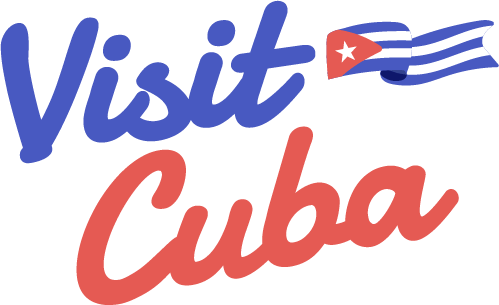
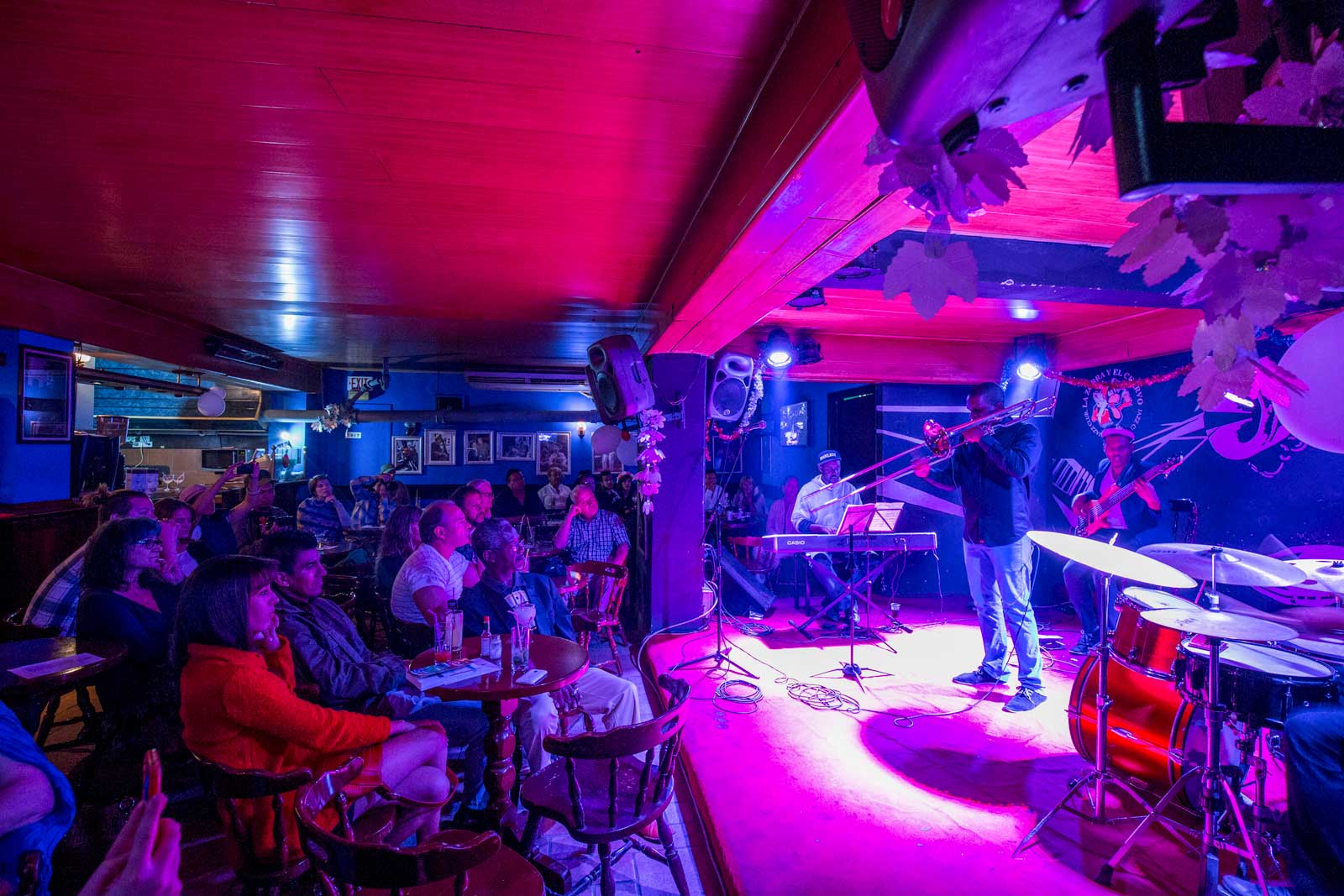
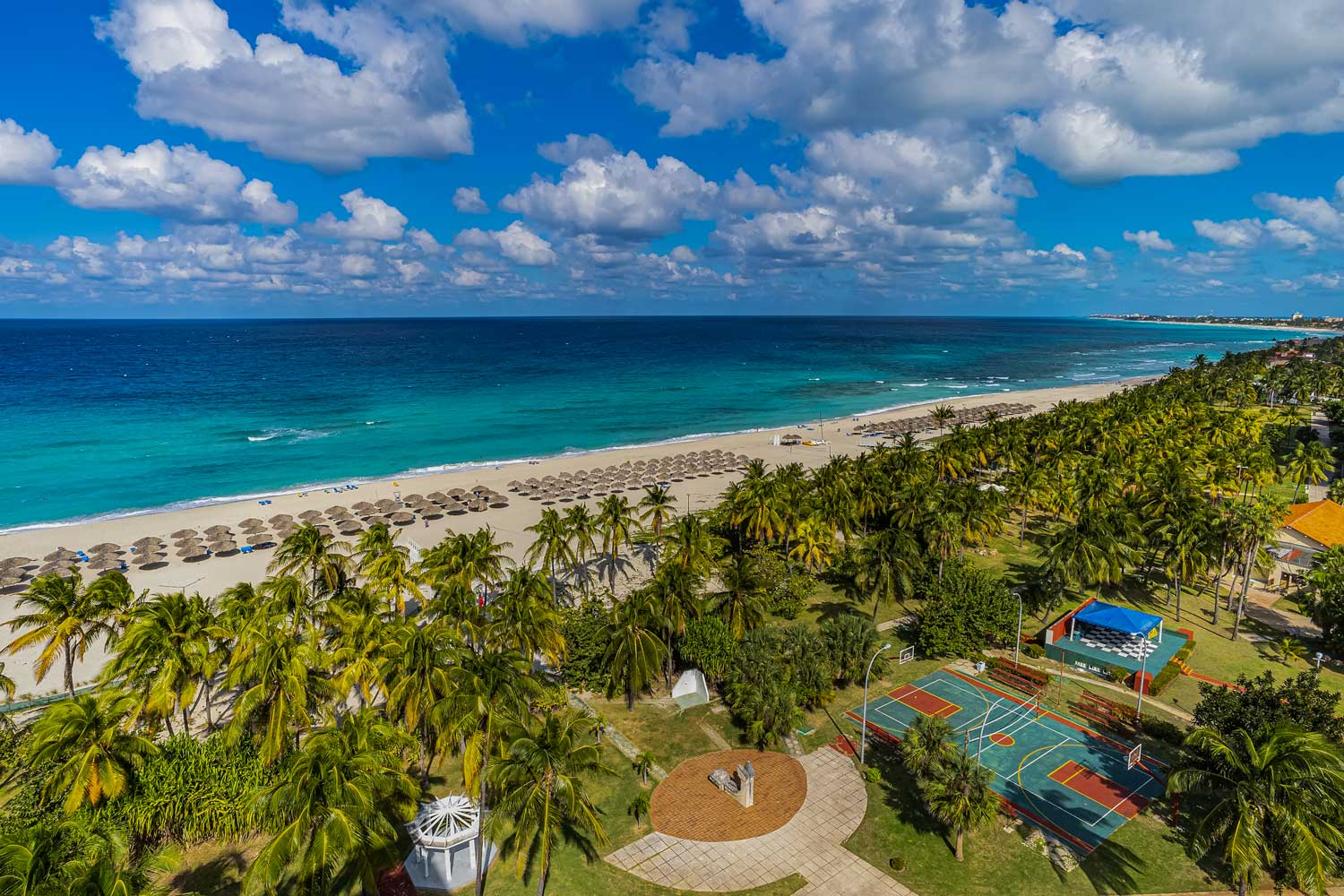
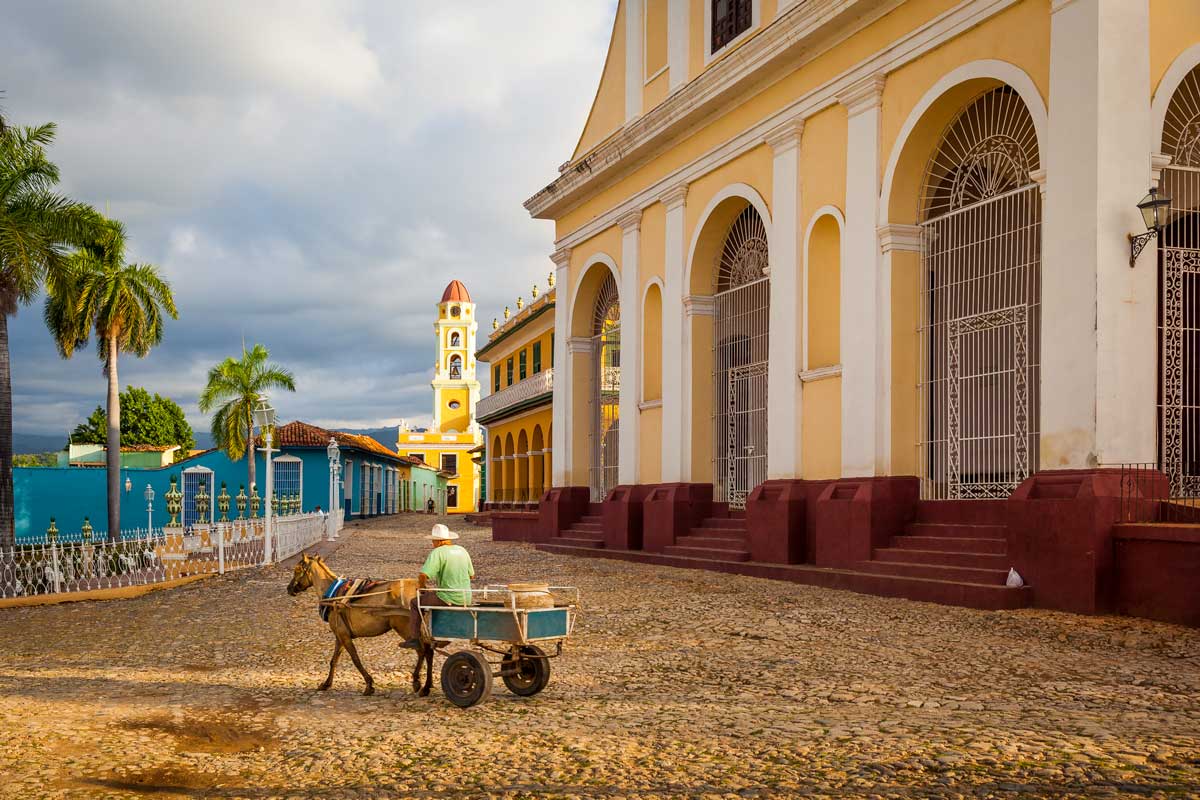
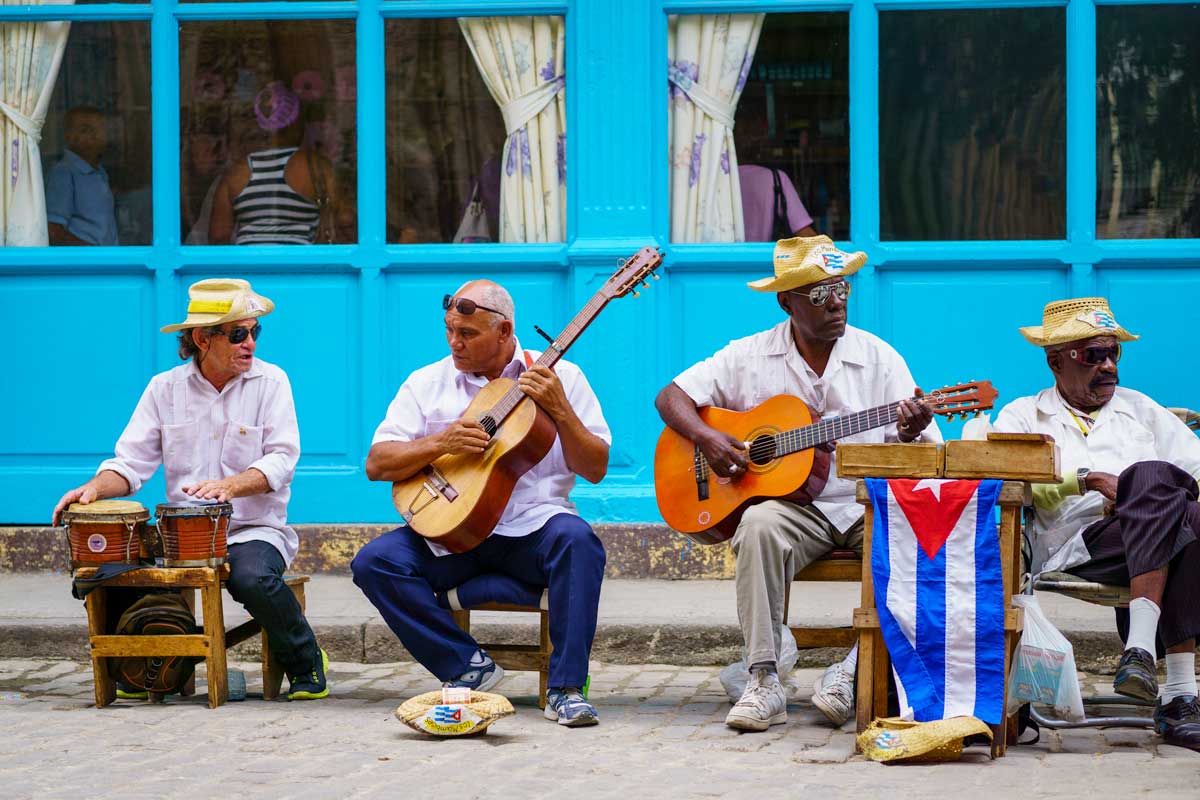
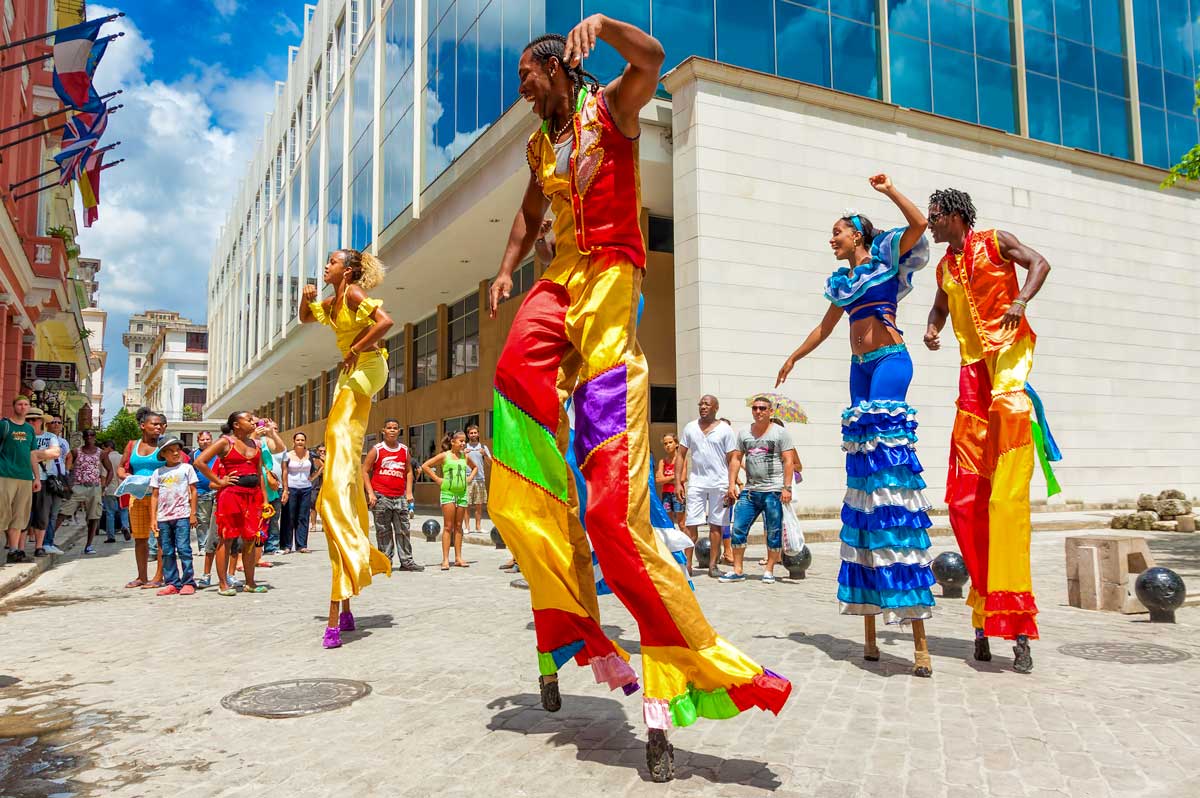
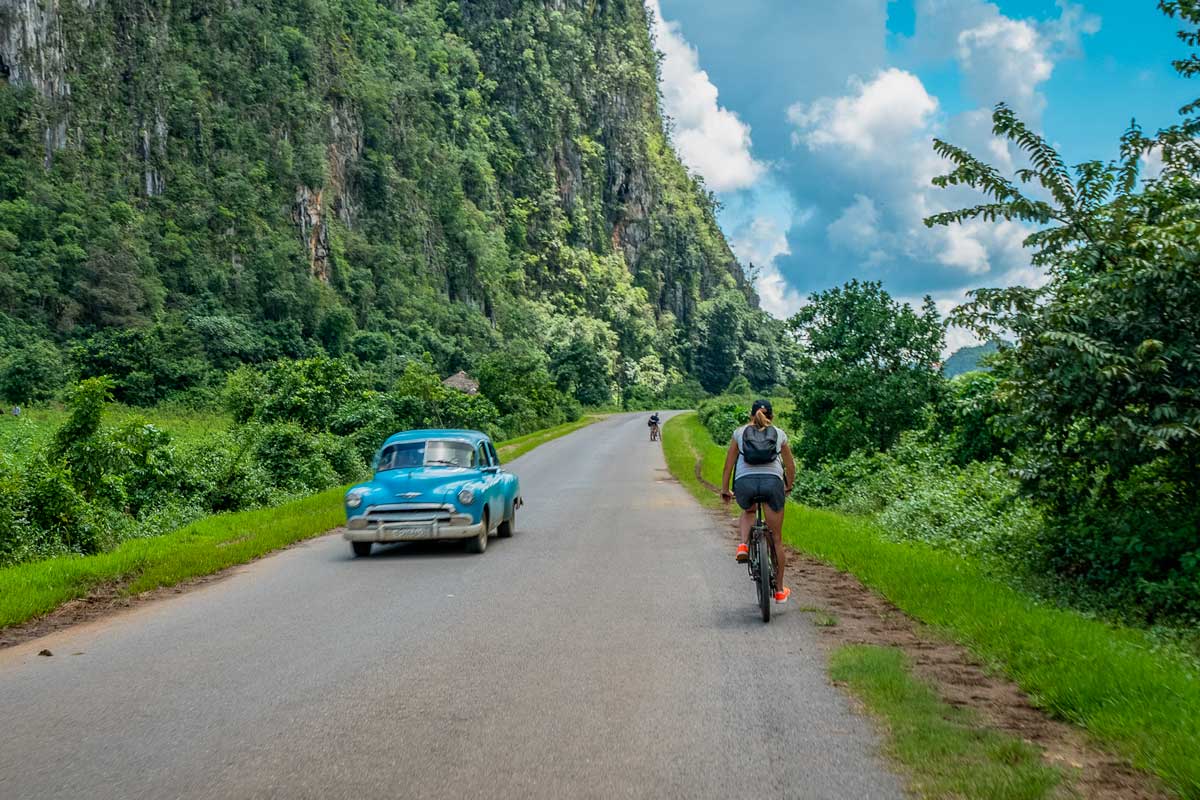
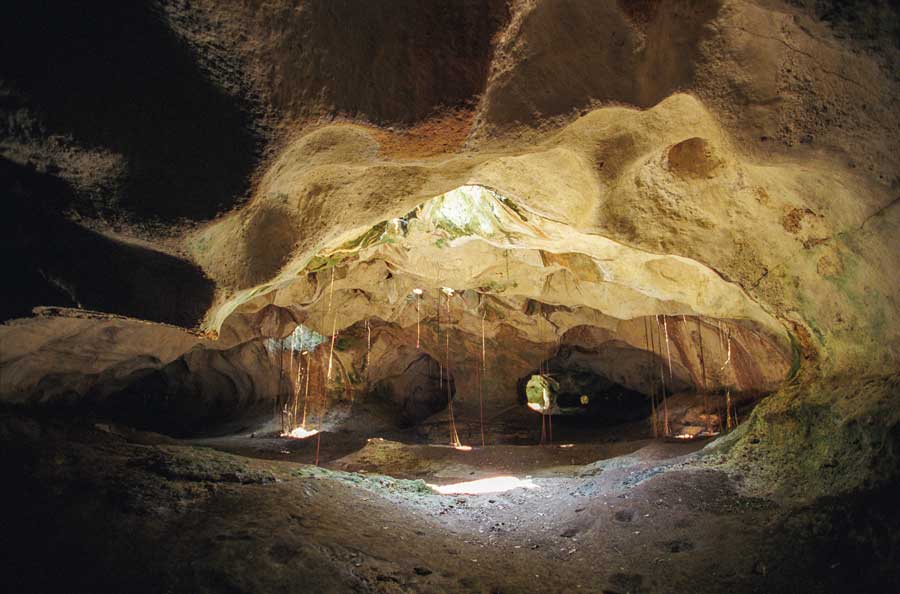
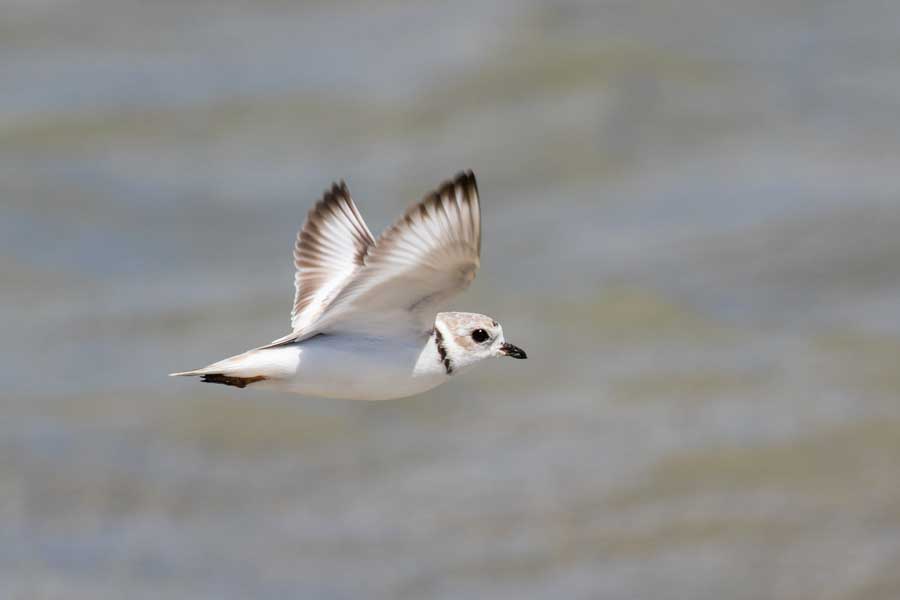

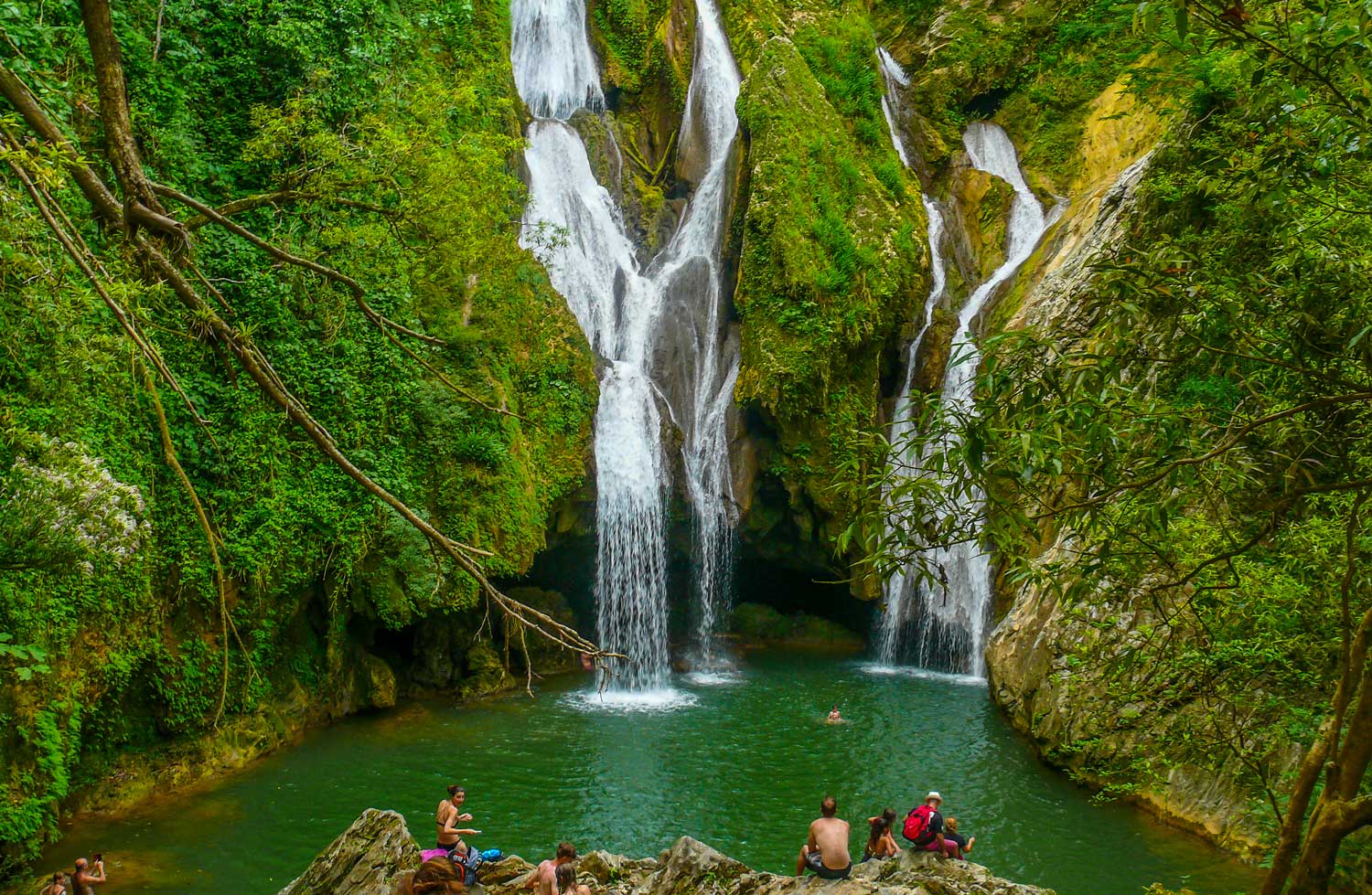
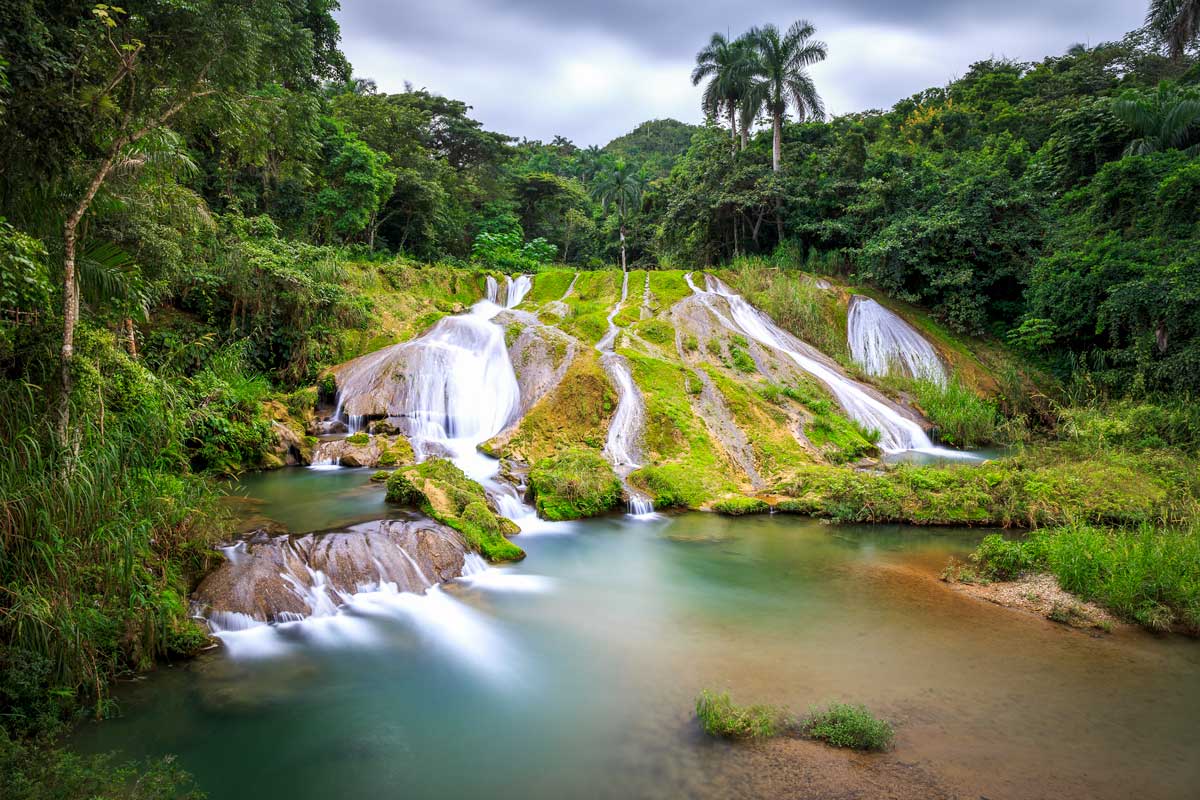
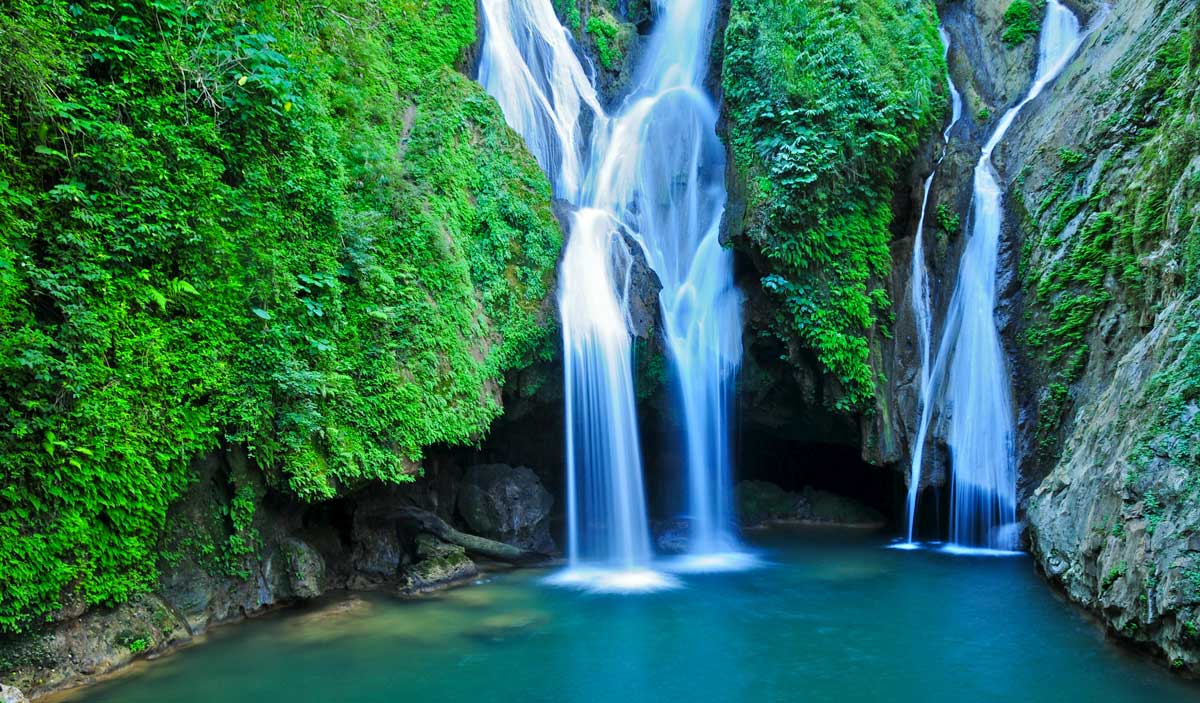
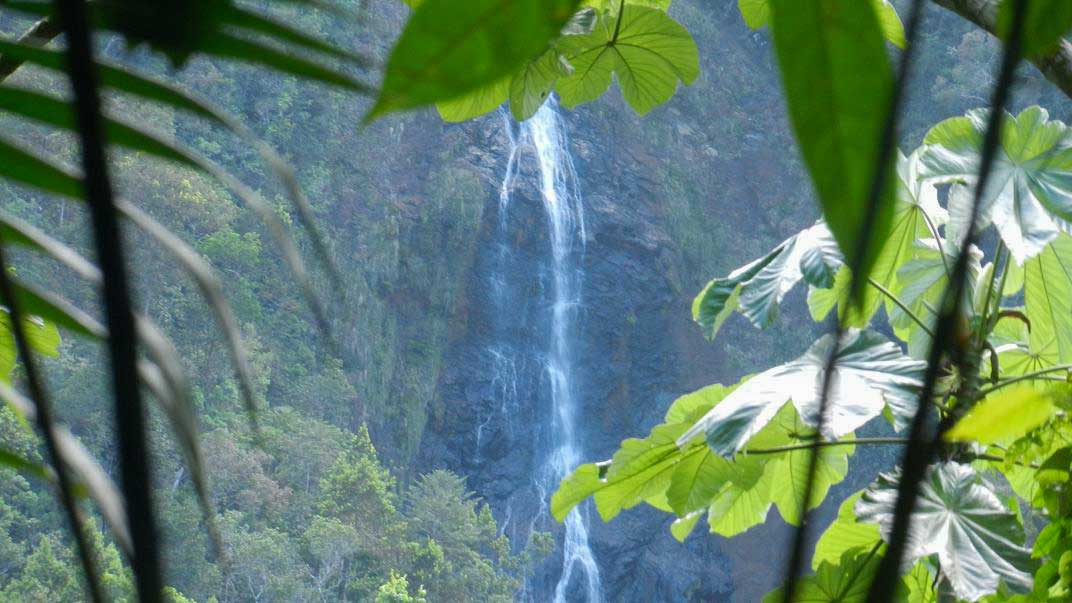
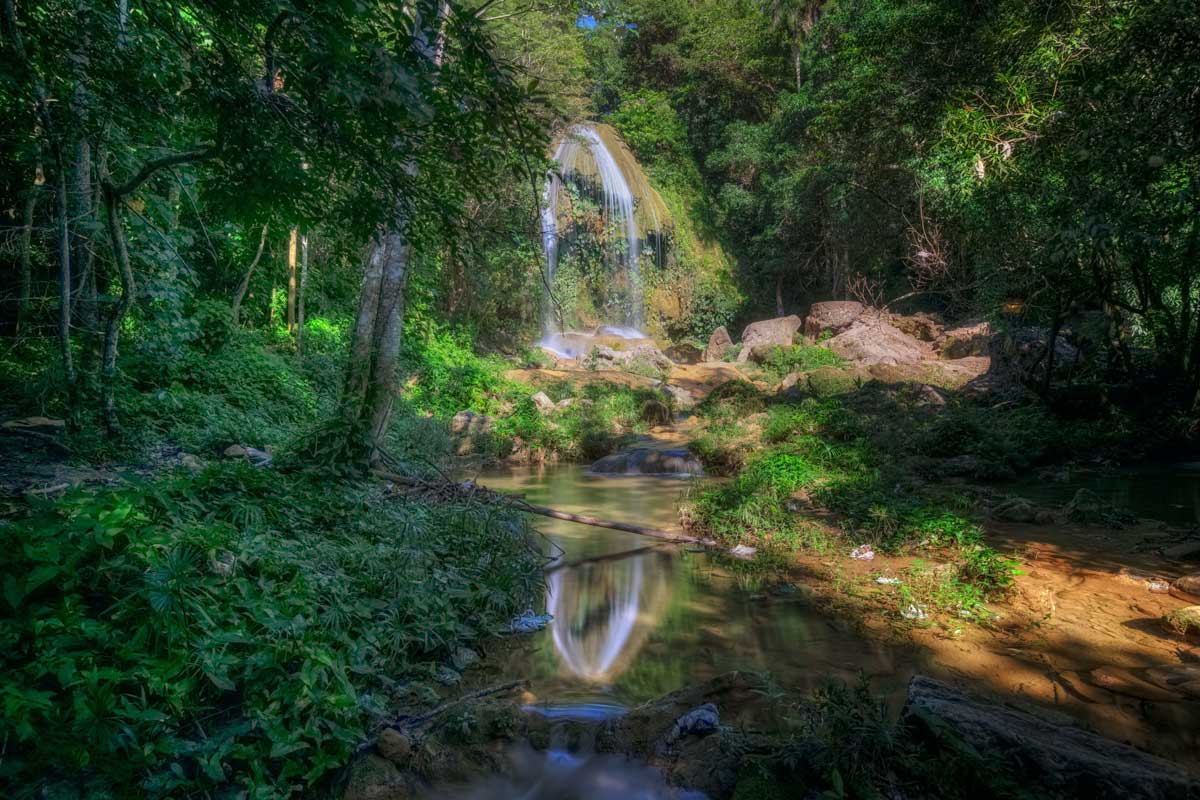
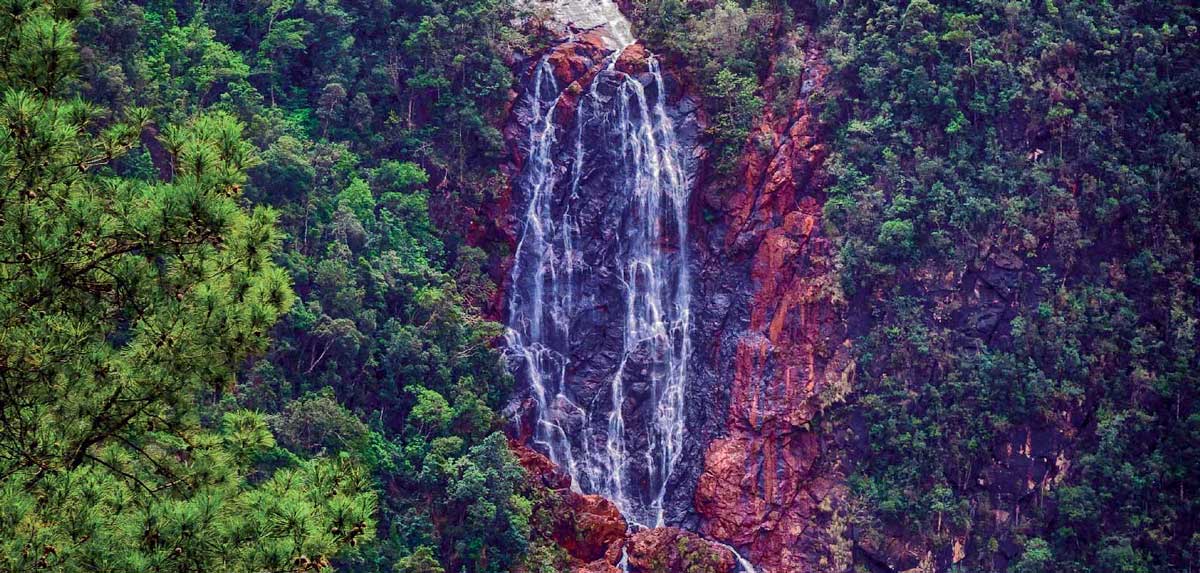
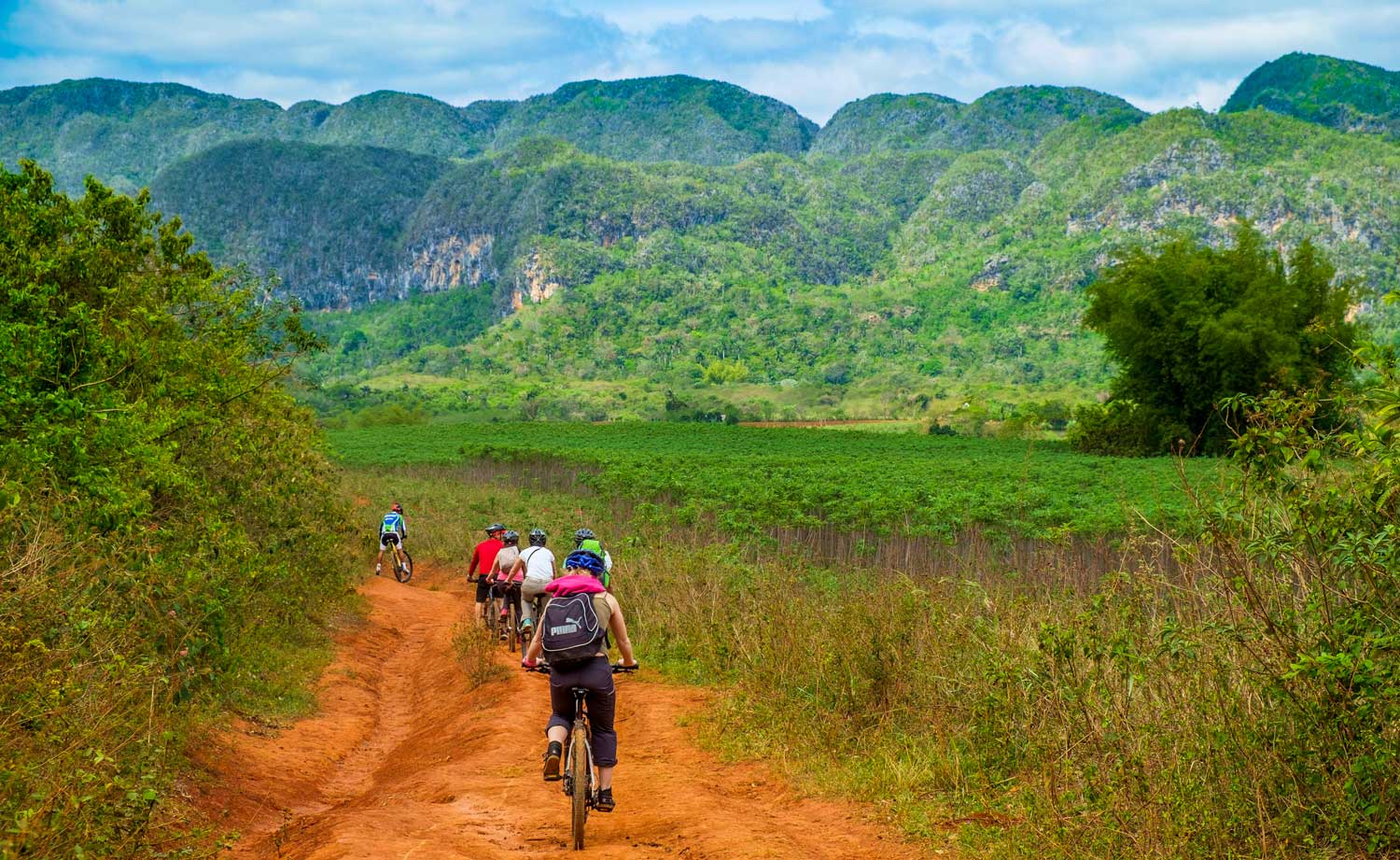
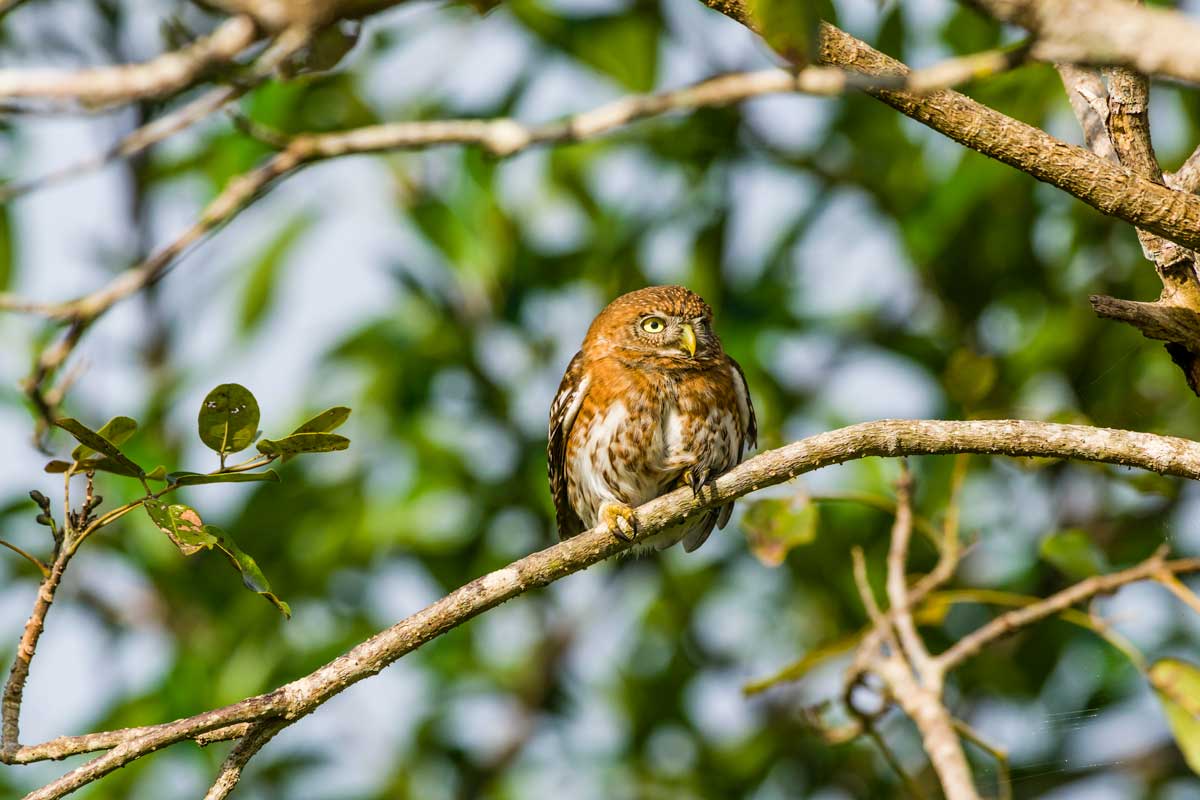
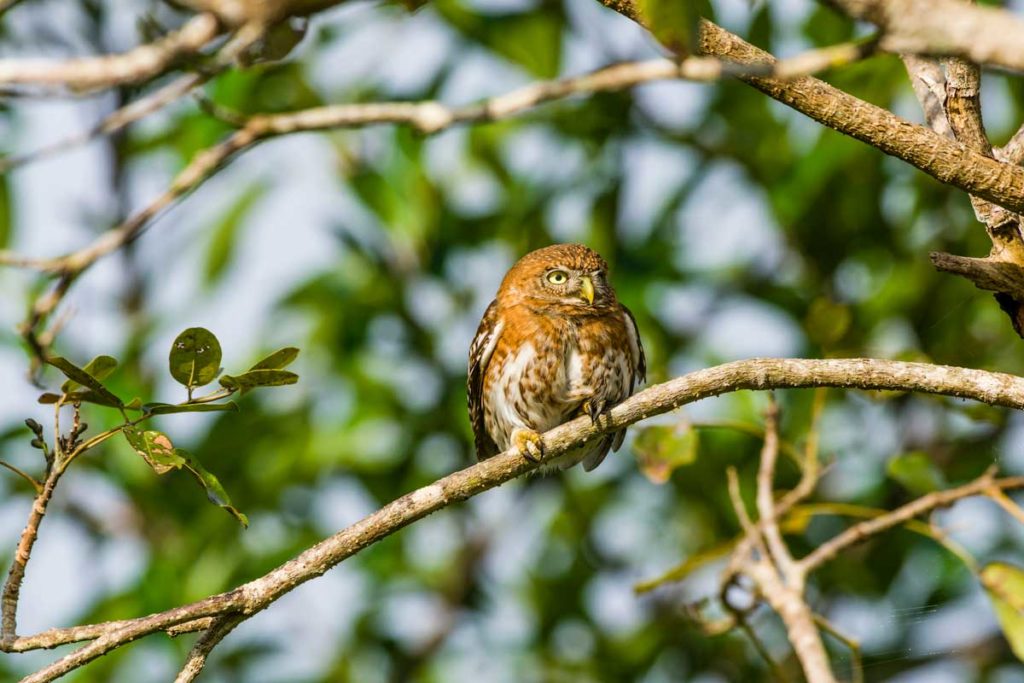
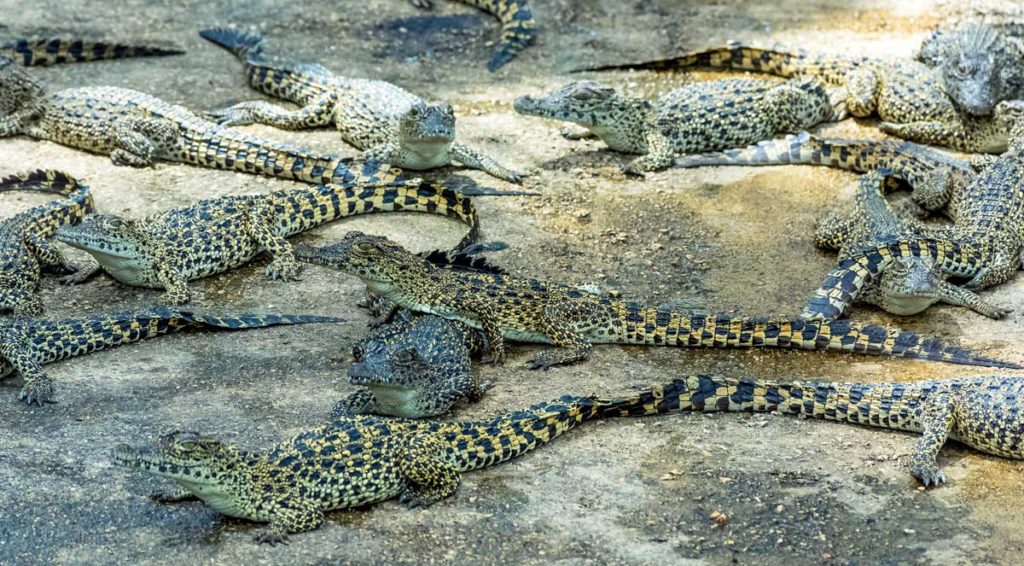
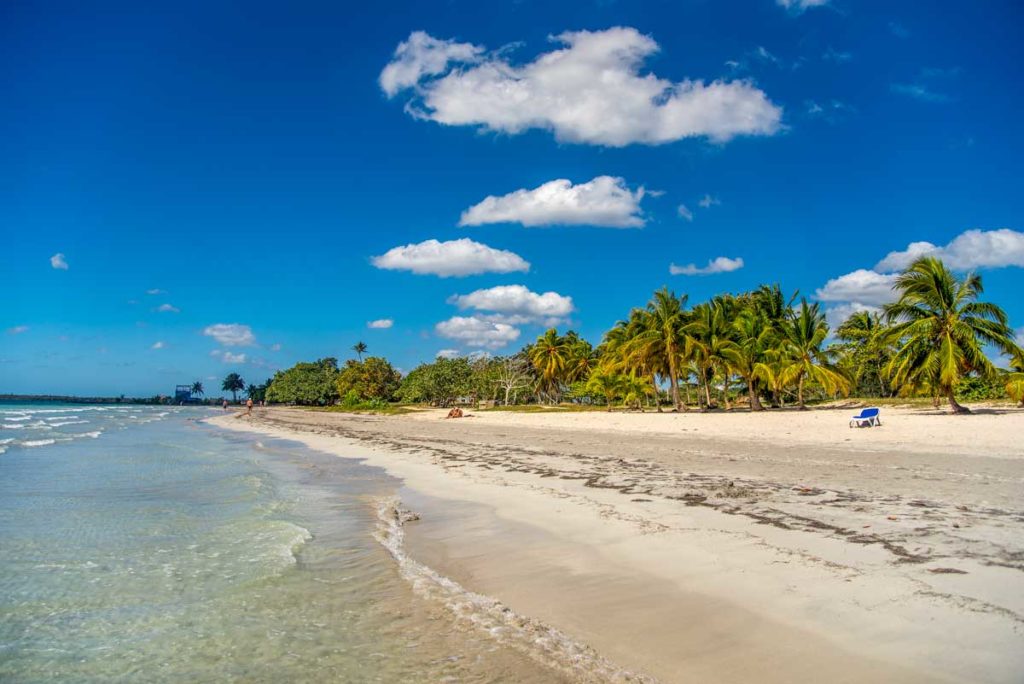
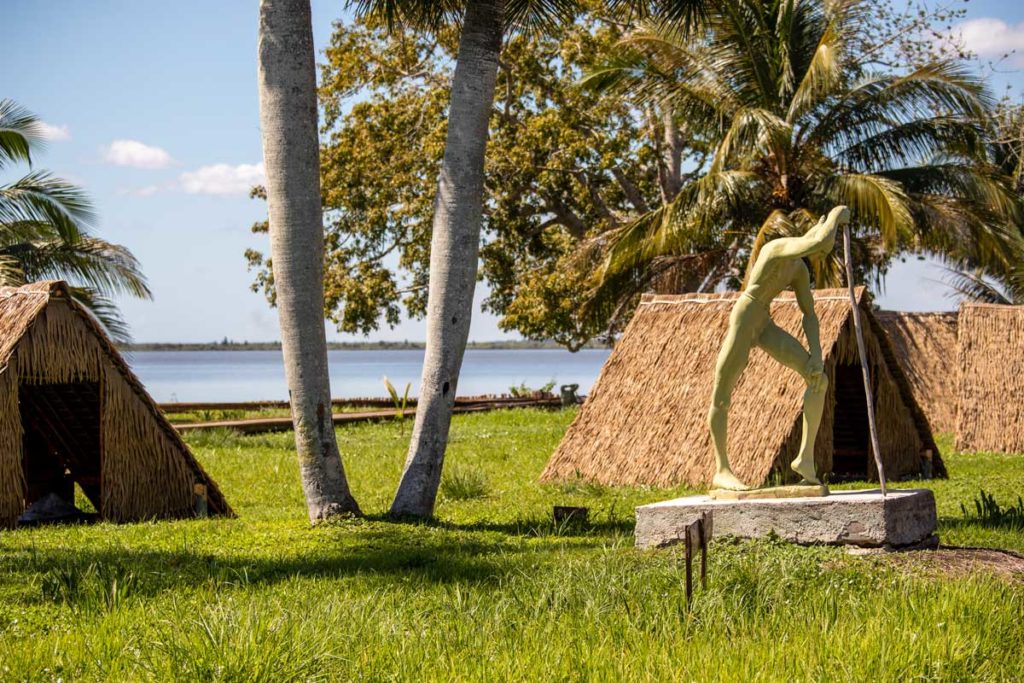
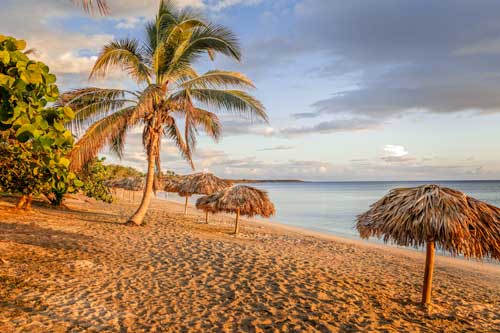 Subscribe to our newsletter for the best monthly stories and insider guides about Cuba!
Subscribe to our newsletter for the best monthly stories and insider guides about Cuba!